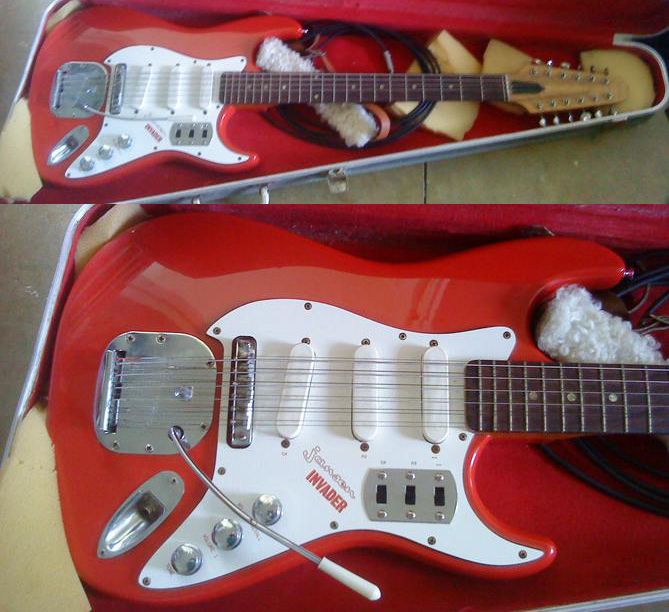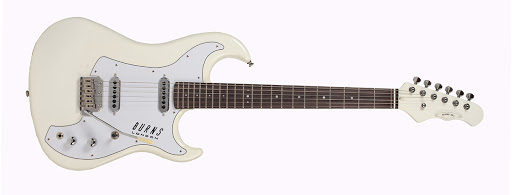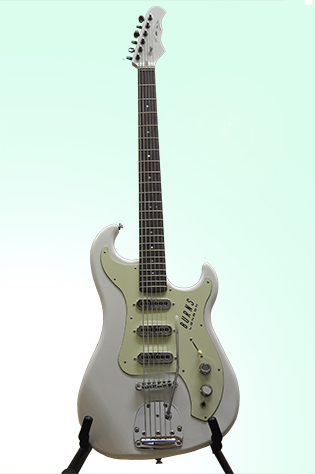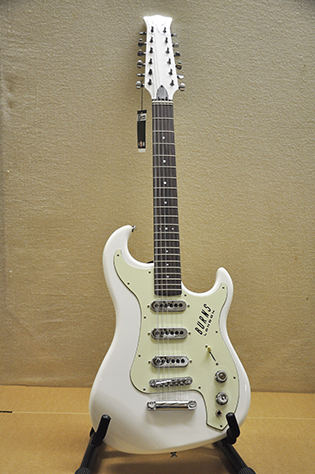Fakir Mustache wrote:
They just use standard OEM hardware instead of making specific Burns tailpieces and bridges.
Kind of reminds me of this Jansen:

Which is still better than using a strat tailpiece. A standard Les Paul bridge is playable but worse for spacing on a wider fingerboard. This is what an original looks like, except this is a 12 string:

But mainly I'm disappointed that they didn't do a Flyte or Mirage reissue. Especially a Mirage.
Pretty sure the Flyte was part of their higher end range in the early 2000s, not sure about the Mirage.
Hardware is OEM where it can be, but the pickups are murkier; Burns London do have a workshop in the UK and the tri-Sonics were manufactured there,
I think, at some point before they needed to churn out masses of them for the Club series, so they're now almost definitely manufactured in Korea or China (they've used both in the past), while the Strat-style fulcrum trem at least has the Burns brand stamped on the anchor point, so I don't know about them, either. It isnt actually a straight-up strat bridge copy. It operates using a fulcrum edge that sits in a grooved piece of metal screwed to the front of the guitar, held in place by the tension between the springs and the strings. The actual bridge piece itself isn't secured to the body. Look at the pictures.
Bear in mind that Burns operates two "tiers", the Custom Elite and the Club ranges. Custom Elites are "assembled and finished" in the UK using mostly parts sourced from their Korean factory (so, for example, the neck and body are CNC'ed and rough sanded over there, the parts are then shipped to London for assembly and painting) and those models tend to feature more vintage-correct hardware like the big ass tremolo with the metal plate front, and so on.
The Club series are mid to low end guitars. They used to have a core lineup of the Marquee, Bison and Double Six with other odd models like the Steer, Scorpion, etc, thrown in, made in Korea. Then they introduced a more budget range with the Cobra and Nu Sonic, Strat and Tele-a-likes that were made in China.
These particular models use the old 1960s Burns "Short Scale Jazz" model as the basis with some hardware changes (and, yes, they did used to make a "short scale six string bass", too).
The new SSJs are almost definitely Chinese made judging from the prices.










